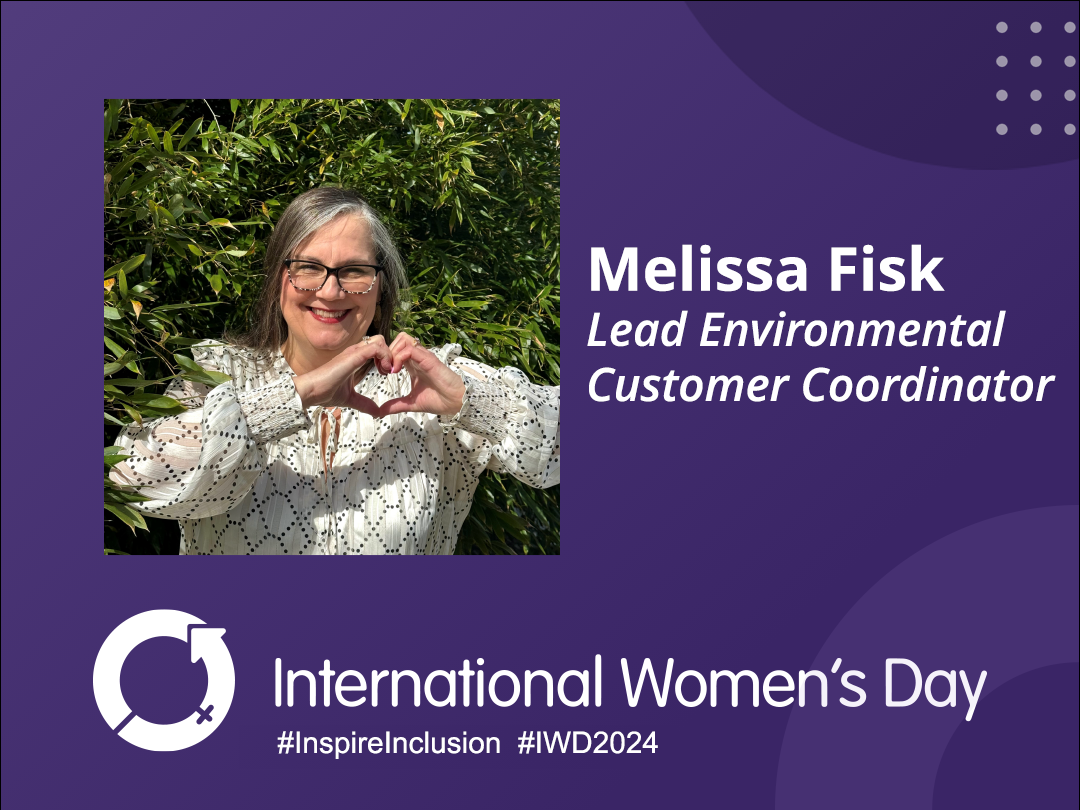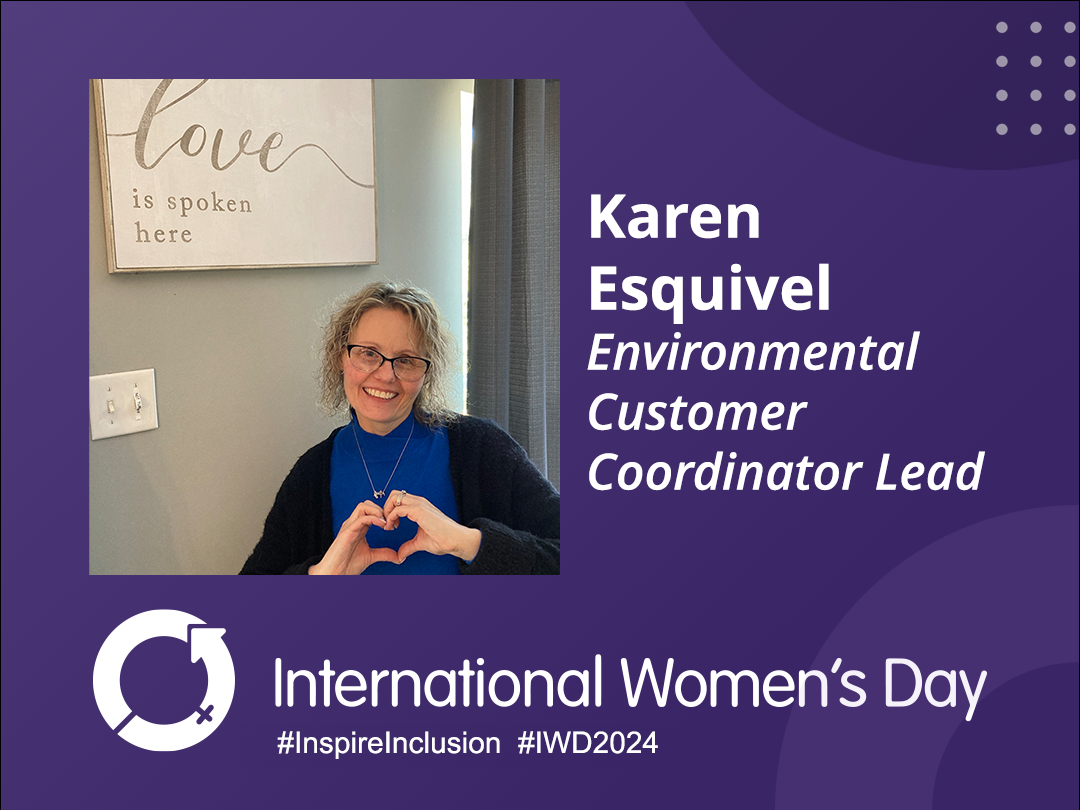Being Prepared – DOT HazMat Self-Check for Hazardous Waste Generators
While hazardous waste generators may concentrate on the RCRA rules, hazardous waste is, by definition, a DOT hazardous material. This makes those same generators subject to the Hazardous Materials Regulations (HMR) found at 49 CFR 171-180 when they ship hazardous waste offsite. In these changing times, as employee roles change and cost-cutting measures are put in place, it may be a good time to review DOT HazMat compliance. We have assembled a checklist and this blog to aid hazardous waste generators in assessing their DOT HazMat readiness. Keep in mind the DOT definitions Generators shipping hazardous waste offsite are called “offerors” or “shippers” and hazardous waste becomes a “hazardous material.”
Start With the Basics – PHMSA Registration
An essential item to check is the site PHMSA Registration. Offerors required to have a registration include, but are not limited to, those who ship placarded amounts. Ensuring the registration is current and retained as a record for three (3) years is a good audit check.
Training Requirements and Documentation
Check to be sure that training has been provided to all HazMat employees within 90 days of assignment and that training records are current. HazMat employers must identify employees that have responsibilities under the regulations which would include employees that prepare hazardous materials to be transported and load, unload, or otherwise handle hazardous material. Records should be retained for 3 years plus 90 days. In addition to the DOT Hazardous Materials training and recordkeeping requirement, there are similar requirements for RCRA and OSHA compliance. Ensuring that the business is prepared for all aspects of an audit is vital to keeping your employees safe and the business compliant.
Shipping Description Evaluation
When selecting shipping name for your hazardous waste, you must know what your waste is, which is typically done through your waste determination. If the waste is a commercial chemical product (P or U listed waste), you will use the name of the chemical. You can also check the SDS of the original product. If you have a F or K listed waste, you may choose a prominent chemical in the waste (i.e. a primary solvent), or you can identify the hazard associated with that waste (I, C, R, T). If it is a characteristically hazardous waste (D coded waste), you may just choose the generic characteristic (such as Corrosive liquid n.o.s.). If you can identify what is making that liquid corrosive, you may be able to identify the hazard specifically as the technical name of the primary corrosive. Moreover, you may be able to specify a more exact name for the chemical (such as “aluminum chloride solution”) rather than just indicating a generic corrosive liquid. The goal is to best identify the hazardous material from a transportation safety perspective. The more specific you can be in your hazard identification (waste determination), the better response by the emergency responders.
Before Containers Are Loaded – Packaging Review
The type of packaging used for the shipping of hazardous material and the application of the appropriate marks and labels should also be verified. If planning to transport under the exception of limited quantity, it is important to know where to find that information and ensure proper documentation on the packaging as well as on the shipping papers. This is particularly relevant when transporting extreme hazards such as poison-by-inhalation materials. It is critical to develop an understanding of chemical hazards and packing group, which drive the type of packaging. While it may be acceptable to have hazardous materials in a container that is not UN regulated for on-site management, it may not an acceptable practice for on-the-road shipments. These aspects should be fundamental elements of employee training.
Putting It All Together – Shipping Papers
We recommend that an internal check include a review of at least the previous two (2) years of shipping documents. EPA has a 3-year recordkeeping requirement for hazardous waste manifests, which potentially can be met for generators registered in EPA’s national e-Manifest system. A review of uniform hazardous waste manifests should confirm that the required elements are present such as correct order of the shipping description and the total number of packages and amount of the offering. Shipping papers must also include an emergency response phone number to provide emergency response information (ERI) to any emergency responder. If Heritage is managing your waste, our ERI number (800-326-1221) is available for your use. Also note that as of 2016, DOT has required phone numbers to be printed on shipping papers as numbers only (i.e. no letters in place of standing for numbers).
The correct order of a completed shipping description can be remembered with the acronym “ISHP” which is ID Number, Shipping Name, Hazard Class, Packing Group. A description may require the technical name of the hazardous material if the proper shipping name is a generic. Offerors also have the responsibility to determine if they meet limited quantity shipping requirements, hazardous substances, marine pollutants, or other special provisions as applicable.
Another item to verify might be the relevant shipper’s certification on the manifest. It is important that an offeror that creates or signs a shipping paper know when this information is incorrect. Adequate training is essential.
Heritage wants to be your partner for compliance, not just regarding hazardous waste management, but in all aspects of regulatory compliance that may be affected, including the transportation of the hazardous waste. To assist you in self-auditing your regulatory DOT Hazardous Materials requirements, Heritage has developed an audit checklist which covers most of the basic requirements for offerors. Should you be interested in this checklist, please complete the form to the right.
If you want to know more about DOT HMR, Heritage invites you to attend DOT Hazardous Materials regulations training. Registration information can be found at https://www.heritage-enviro.com/services/training/#schedule.
More News From Heritage
-
3/12/24
Equal Pay Day – Spotlighting Our Female Drivers
-
3/8/24
International Women’s Week Spotlight – Shannon Dippel
For International Women's Week, we're spotlighting some of the incredible women in the Heritage family. Our final spotlight is Shannon Dippel.
-
3/8/24
International Women’s Week Spotlight – Susan Adams
For International Women's Week, we're spotlighting some of the incredible women in the Heritage family. Our sixth spotlight is Susan Adams.
-
3/7/24
International Women’s Week Spotlight – Lea Wilson
For International Women's Week, we're spotlighting some of the incredible women in the Heritage family. Our fifth spotlight is Lea Wilson
-
3/7/24
International Women’s Week Spotlight – Melissa Fisk
For International Women's Week, we're spotlighting some of the incredible women in the Heritage family. Our fourth spotlight is Melissa Fisk.
-
3/6/24
International Women’s Week Spotlight – Taylor Harvey
For International Women's Week, we're spotlighting some of the incredible women in the Heritage family. Our third spotlight is Taylor Harvey
-
3/5/24
International Women’s Week Spotlight – Karen Esquivel
For International Women's Week, we're spotlighting some of the incredible women in the Heritage family. Our second spotlight is Karen Esquivel.
-
3/5/24
Heritage Environmental Services Announces HP Nanda as CEO; CEO Jeff Laborsky Transitions to Board of Directors
Heritage Environmental Services (“HES”) announced today that HP Nanda will join the organization as CEO.








